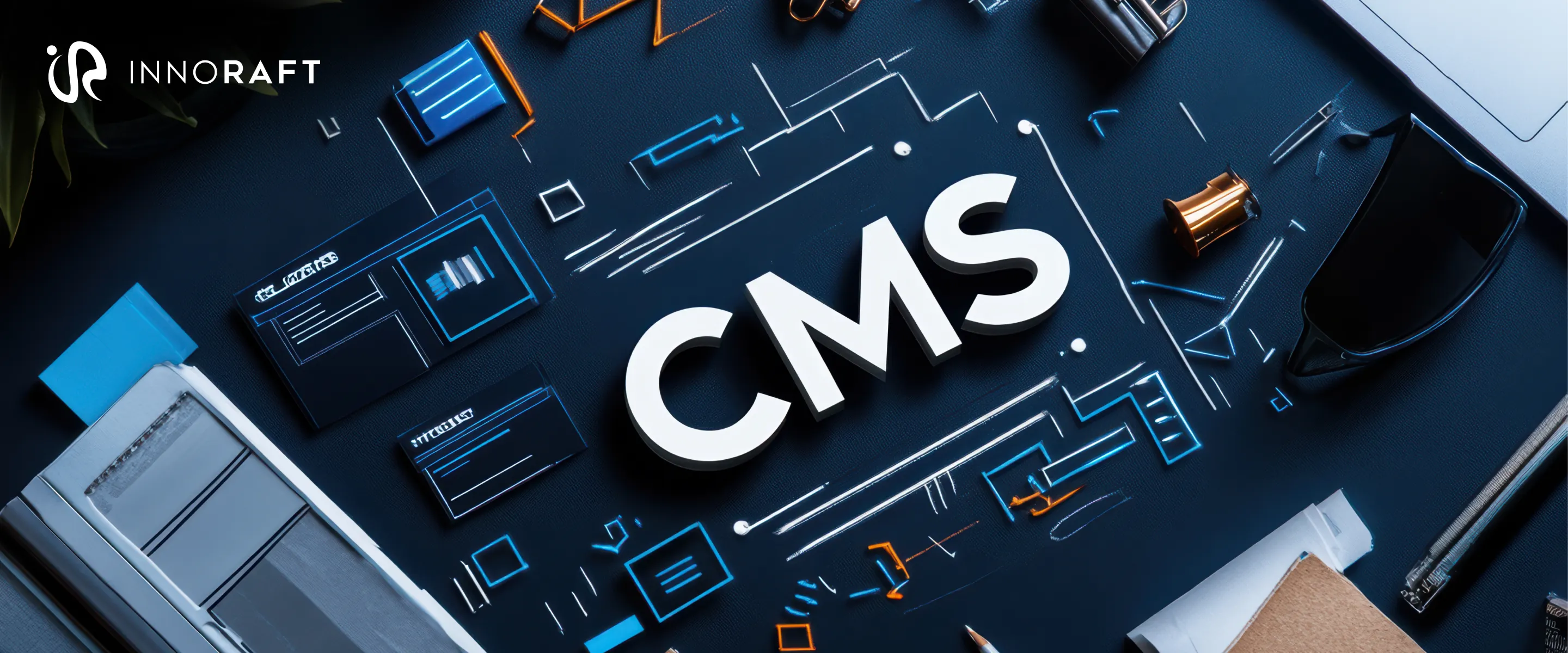In today's digital landscape, content is currency. But the most significant challenge isn't just generating content; it's ensuring your platform can manage exponential growth, spikes in traffic, and the unforeseen demands of the future. For businesses, approaching CMS development for scalability is not an option—it's a survival strategy.
The era of building a CMS just for the present is over. Success demands a future-ready CMS, one that is designed today with tomorrow's inevitable transition in mind.
Why Monolithic CMS Architectures Fail at Scale?
Traditional CMS platforms were designed as monolithic systems; everything from content storage to business logic to front-end delivery was tightly bound together. Because these layers are interconnected, the system becomes harder to scale, upgrade, or customize as demands grow.
This structure naturally impedes CMS development for scalability:
- Delicate Updates: Altering one small component can risk the entire application, forcing costly, large-scale re-platforming every few years.
- Inefficient Scaling: If you need to scale only the API layer for high traffic, you are often compelled to scale the complete database and content management structure, wasting resources and slowing down performance.
- Channel Lock-in: Monoliths tie content delivery mainly to one frontend (usually a website), stopping easy expansion to mobile apps, IoT, or smart displays—a vital limitation for any future-ready CMS.
The Modern Mandate: Scalable CMS Architecture
The solution lies in embracing a decoupled, Modular CMS development approach. A scalable CMS architecture counts on breaking the system into independent services, letting each component be optimized and scaled separately. This method is highly effective for teams providing modern Drupal development services.
This process ensures that the entire system isn't reliant on a single point of failure and allows you to adopt Headless CMS scalability for rapid growth.
Key Pillars of a Future-Ready CMS Strategy
Gaining fundamental CMS development for scalability requires integrating these principles from the start:
- Embrace Headless CMS Scalability: This is the most crucial step. By using an API-first CMS (Headless), your content is treated as pure data. You can scale the content API layer based on demand while the frontend (the consuming application) scales separately. This makes your system naturally ready for multi-channel growth. Organizations frequently leverage specialized Drupal cms services to create this headless foundation due to its robust API capabilities.
- Modular CMS Development: Focus on building functionality in small, interchangeable pieces (microservices). If your search function needs a new provider, you swap out one module instead of rewriting the entire application.
- CMS Performance Optimization: This includes optimizing database queries, using global CDNs, and implementing advanced caching strategies at the edge, not just on the server.
- Adopt Strong CMS Transition Planning: The most critical step for long-term health is assuming your current platform will eventually be replaced. Design APIs and content models to be platform-independent from day one. This complex planning requires foresight; consider whether you need to hire project managers experienced in large-scale CMS migrations.
Strategic CMS Transition Planning for Long-Term Health
Your current preference for CMS is a technology decision, but your content model is a business asset. CMS transition planning should prioritize safeguarding that asset.
- API Standardization: Use well-documented, standardized APIs (such as JSON:API or GraphQL) for all content delivery. This ensures that any future transition is smooth, as the new system only needs to interpret the standardized API format.
- Decouple Content from Presentation: Avoid incorporating layout or design elements into the content fields. Keep content pure. If you transition to a new frontend technology, you want to easily pull clean text and images, not broken HTML layouts.
- Treat the Content Model as a Product: Dedicate time to thorough design and version control for your content structure. A well-organized content model is fundamental for a future-ready CMS.
By adopting these principles, enterprises move beyond reactive re-platforming and establish a continuous, evolutionary growth model. CMS development for scalability is the foundation of digital resilience.
Conclusion
Approaching CMS development with scalability in mind is no longer optional—it is essential for thriving in today’s digital landscape. The age of tightly coupled monolithic CMS platforms is giving way to a more resilient, component-based architecture. By embracing scalable CMS principles—rooted in headless architecture and modular development—enterprises gain the agility needed to manage unpredictable traffic demands and adapt to rapid technological change. This strategic decoupling eliminates the need for costly re-platforming and ensures that performance is driven by optimization rather than limited by legacy constraints.
At its core, effective CMS transition planning is about future-proofing your most valuable digital asset: your content. Organizations should design content models as platform-independent products and ensure that all data is delivered through standardized APIs. This proactive approach makes it easy to integrate new frontends, adopt improved services, and maintain consistent performance across global digital experiences. Investing in a future-ready CMS—built with flexibility and transition in mind—is the most efficient way to secure long-term digital growth and operational stability.
Contact us today for expert advice on navigating modern CMS platforms and implementing API-first solutions that are tailored to your business needs.
FAQ
Frequently Asked Questions
Didn’t find what you were looking for here?
